By Tommy Clarkson from the July 2010 Edition
( Roystonea regia )
Family: Arecacea
Subfamily: Arecoideae
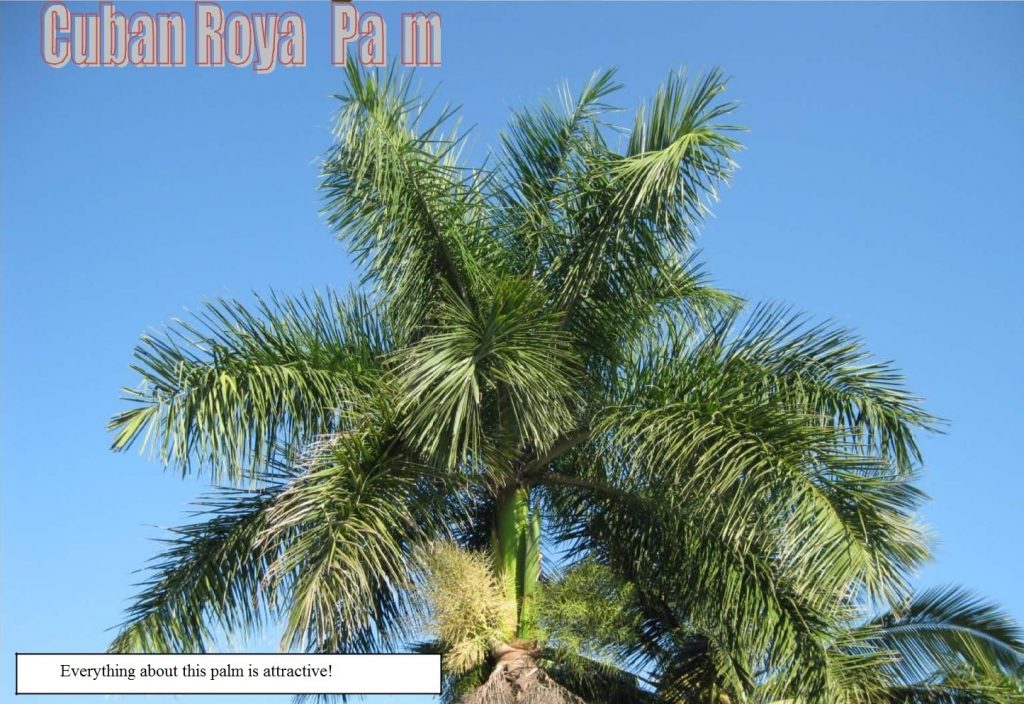
The genus was once referred to as Oreodoxa but was changed to honor an Army engineer General Roy Stone who served in the Caribbean around 1900. There are approximately 22 species in this Roystoneas genus. However, the following comments will deal, primarily, with the best known of them.
That second word, “Royal” says it all. No more apt word can describe this regal and impressive palm originating . . . well, you’ve already guessed that from the name! In fact, it is the national tree of Cuba. (Also, originally from Honduras, it is now also found in the Northern Caribbean, Mexico and several other Central American countries.)
These massive, self cleaning, beauties with their stately, symmetrical, smooth trunks were imported into Florida in the 1920’s and 30’s and now line many of its streets and boulevards providing the perfect tropical ambiance.
crown shaft. That is a smooth extension of the trunk comprised of the overlapping bases of the leaves – of up to 8-9 meters in diameter each over three meters long. It is comprised of 15 -20 bright green, pinnate leaves. Their trunks have the appearance of grand, cathedral pillars.
The Cuban Royal Palm Trunk is swollen at the base, constricts nearly halfway up and then bulges again just below the crownshaft. (This differs slightly from the Florida Royal Palm, Roystonea elata – native to the Southern Florida cypress swamps but fast disappearing in the wild
which has a straight column of a trunk rather than its more curvaceous Cuban cousin. However, both trunks are smooth and light gray some say they almost appear to be cast of concrete! Each produces three to four inch white-cream to yellow-cream inflorescences up to about one meter long of both male and female flowers.)
The Cuban Royal Palm does best in a sunny location with warm, moist, well drained, nutrition laden soil that is slightly acidic. To achieve best results plant in enriched, organic infused soil, water well and often, fertilize regularly. They are fast growing and tolerant of salt drift growing near salt water and on the beach if set back a ways.
Although known as an ornamental, in Cuba it is also used as a source of thatch, construction timber, and, even, as a medicinal plant.
One down side, ironically, it tied to its potential size. Once near or fully grown, the falling leaves can be a hazard to people and plants located beneath it. And, keep in mind that to proactively remove leaves ready to drop may be quite difficult, to say nothing of expensive. Though, if you’ve the space, this is a palm to have!
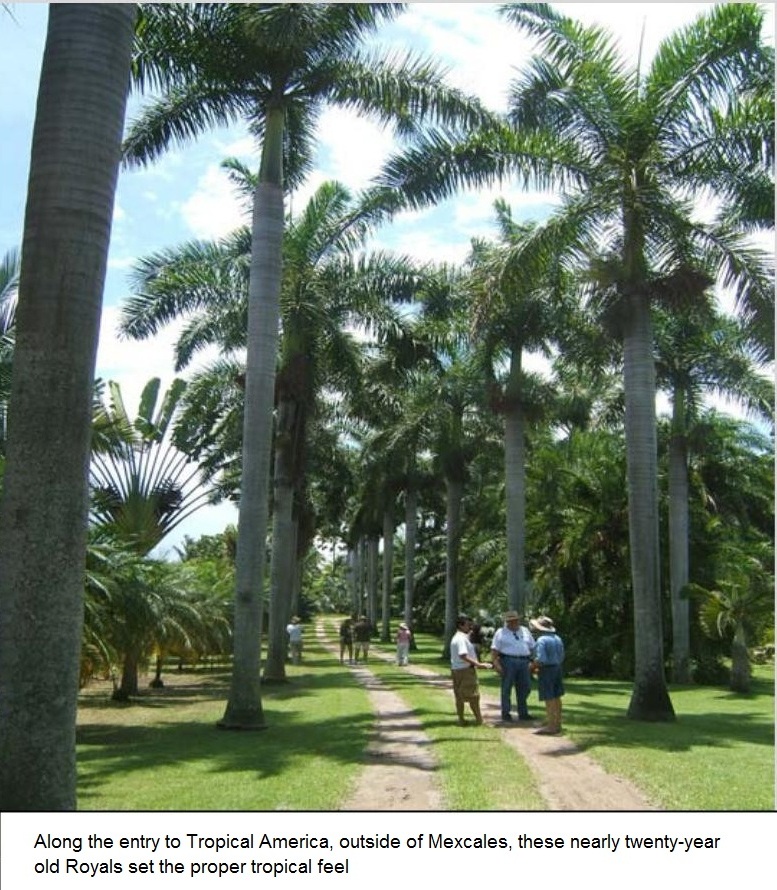
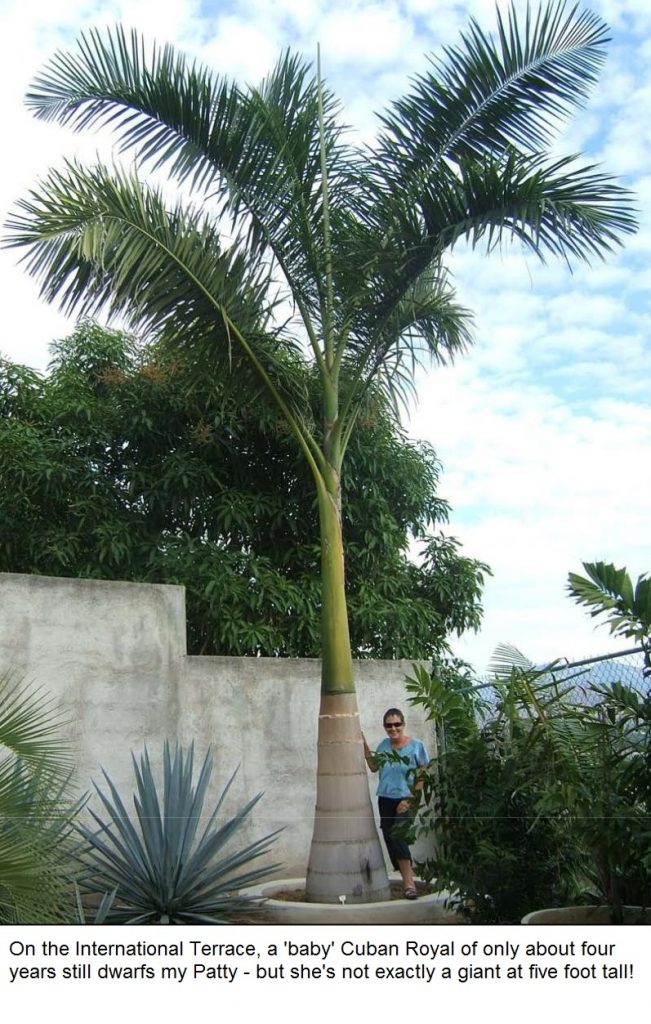
Download the full edition or view it online
—
Tommy Clarkson is a bit of a renaissance man. He’s lived and worked in locales as disparate as the 1.2 square mile island of Kwajalein to war-torn Iraq, from aboard he and Patty’s boat berthed out of Sea Bright, NJ to Thailand, Germany, Hawaii and Viet Nam; He’s taught classes and courses on creative writing and mass communications from the elementary grades to graduate level; He’s spoken to a wide array of meetings, conferences and assemblages on topics as varied as Buddhism, strategic marketing and tropical plants; In the latter category he and Patty’s recently book, “The Civilized Jungle” – written for the lay gardener – has been heralded as “the best tropical plant book in the last ten years”; And, according to Trip Advisor, their spectacular tropical creation – Ola Brisa Gardens – is the “Number One Tour destination in Manzanillo”.


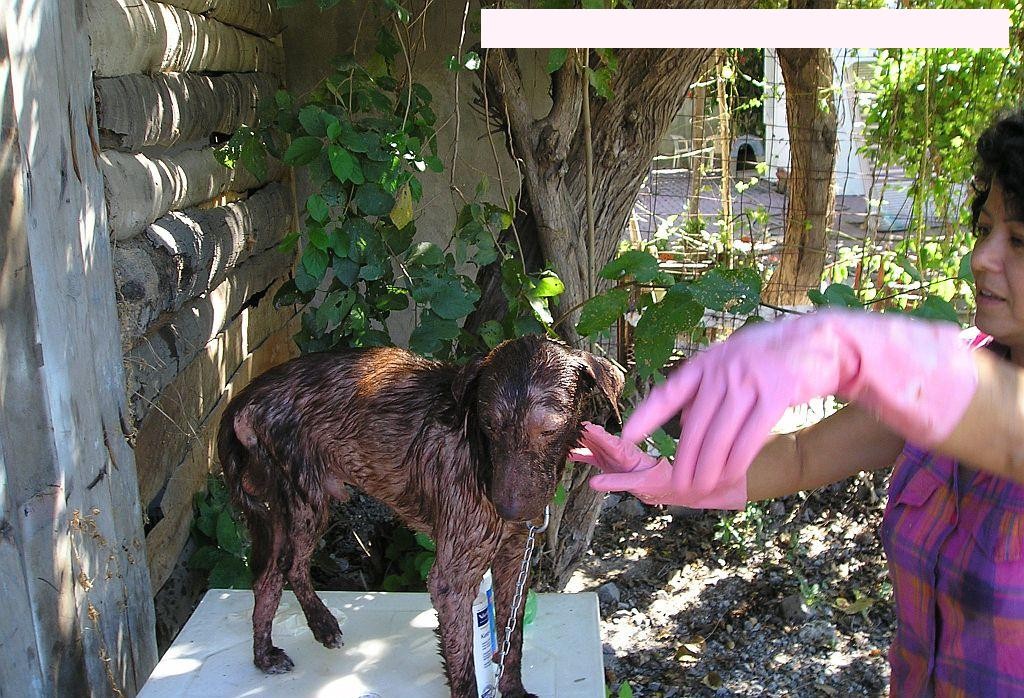

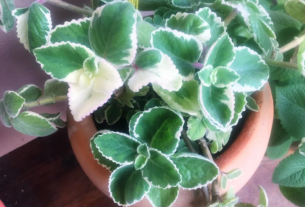
You must be logged in to post a comment.